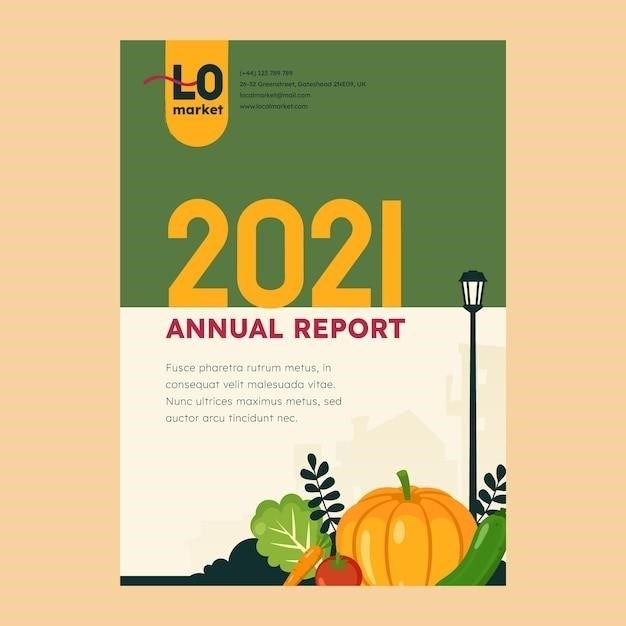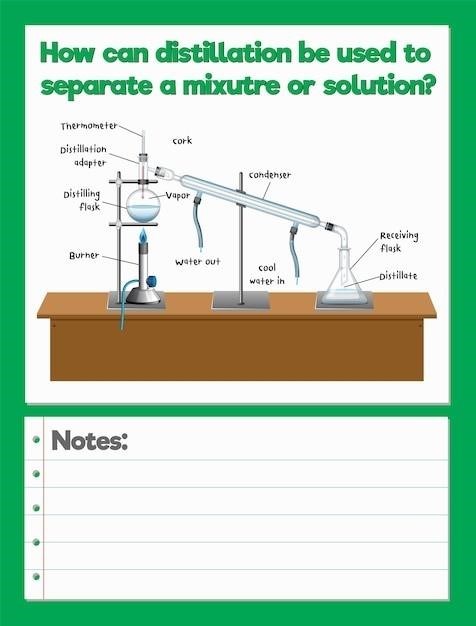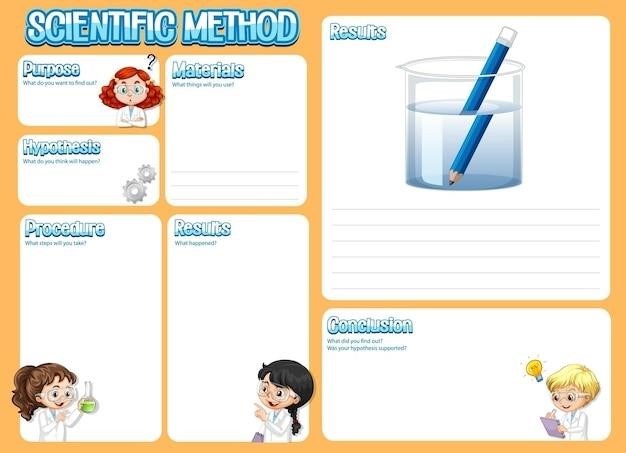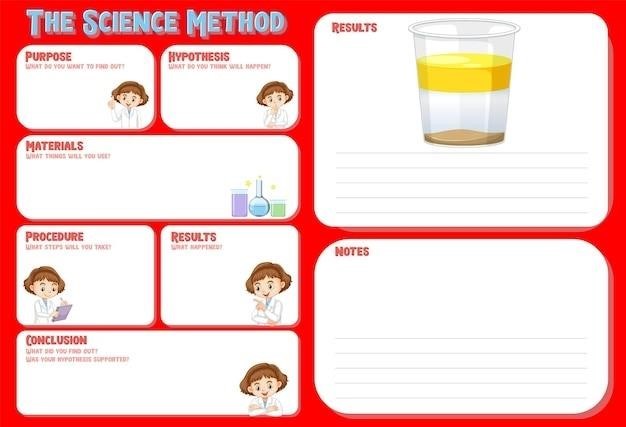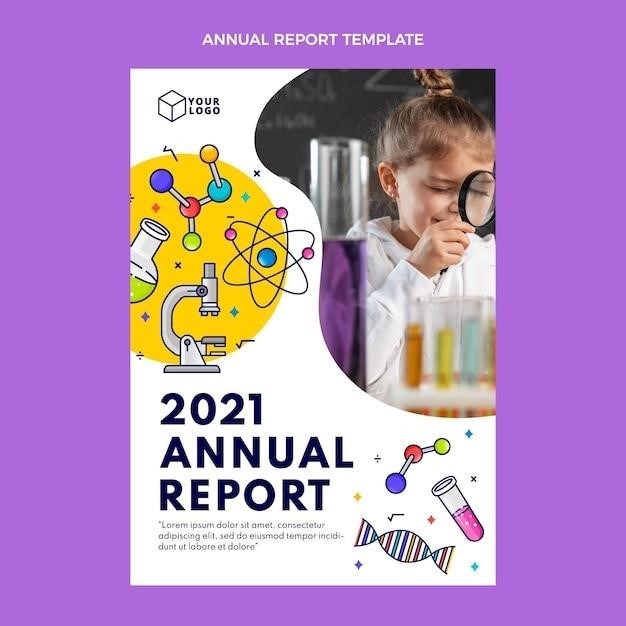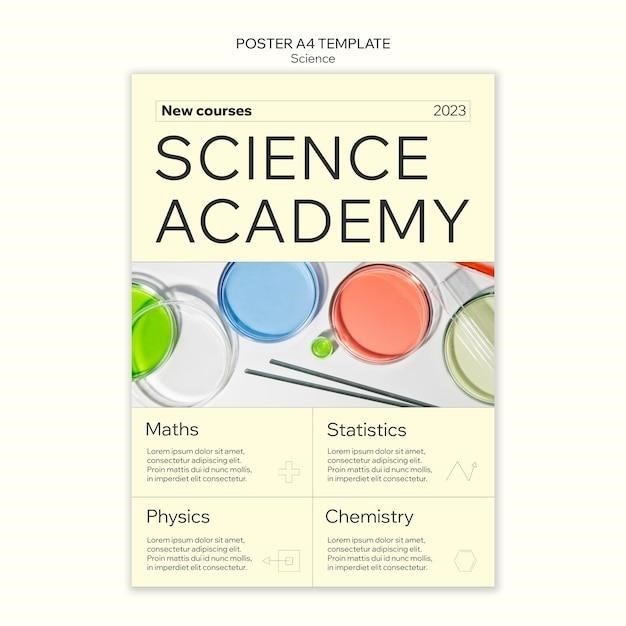Looking for a comprehensive guide to essential oils? Many resources are available online and in PDF format. These PDFs often include alphabetical lists of oils, their properties, uses, and safety information. You can find lists of kid-safe oils, dilution charts, and even recipes for blends and DIY products.

Introduction
Essential oils are concentrated, aromatic compounds extracted from various parts of plants, including flowers, leaves, stems, roots, and seeds. These potent oils have been used for centuries in traditional medicine and aromatherapy for their therapeutic benefits. They offer a natural and holistic approach to promoting well-being, addressing a wide range of physical and emotional concerns.
Essential oil lists and uses PDFs serve as valuable resources for anyone interested in exploring the world of essential oils. These comprehensive guides provide an organized and easily accessible format for learning about different oils, their properties, potential uses, and safety considerations. Whether you’re a seasoned essential oil enthusiast or just starting your journey, these PDFs can be a helpful tool for navigating the diverse world of aromatherapy.
This article will delve into the world of essential oil lists and uses PDFs, exploring their benefits, content, and how they can empower you to make informed choices about using essential oils in your daily life. We’ll uncover the information typically found in these PDFs, including detailed descriptions of essential oils, their aromas, potential therapeutic benefits, and safety guidelines.

Benefits of Essential Oils
Essential oils offer a range of potential benefits, stemming from their unique chemical composition and the way they interact with the body. These benefits are often attributed to the presence of various bioactive compounds, such as terpenes, phenols, and esters, which possess diverse pharmacological properties.
One of the key benefits of essential oils is their ability to promote relaxation and reduce stress. The aromatic molecules in essential oils can stimulate the olfactory system, sending signals to the limbic system, a part of the brain that plays a role in emotions and memory. Certain essential oils, like lavender and chamomile, are known for their calming effects, helping to ease anxiety, promote sleep, and improve mood.
Essential oils are also recognized for their potential antimicrobial and antiviral properties. Some oils, such as tea tree, eucalyptus, and peppermint, exhibit antimicrobial activity against a range of bacteria, fungi, and viruses. This makes them useful for supporting immune function, promoting skin health, and potentially aiding in the treatment of infections. However, it’s crucial to note that essential oils should not be considered a replacement for conventional medical treatments.
Types of Essential Oils
The world of essential oils is vast and diverse, with hundreds of different oils extracted from various parts of plants, including flowers, leaves, seeds, fruits, and roots. These oils are categorized based on their botanical families and the specific plant species from which they are derived.
One common classification is by aroma, which helps to identify the scent profile of each oil. Some popular categories include citrus, floral, herbaceous, woody, and spicy. Citrus oils, such as lemon, orange, and grapefruit, are known for their uplifting and invigorating scents. Floral oils, like rose, jasmine, and lavender, offer calming and soothing aromas. Herbaceous oils, such as peppermint, rosemary, and basil, often possess refreshing and stimulating properties. Woody oils, like sandalwood, cedarwood, and patchouli, provide grounding and earthy scents. Spicy oils, such as cinnamon, clove, and ginger, are known for their warm and stimulating aromas.
Another important factor in classifying essential oils is their chemical composition. Different oils contain unique blends of chemical compounds, such as terpenes, phenols, and esters. These compounds are responsible for the oil’s specific therapeutic properties and aroma. Understanding the chemical composition of an essential oil allows for targeted use and helps in choosing the right oil for specific needs.
Essential Oil Properties and Uses
Essential oils are renowned for their diverse properties and wide range of uses. These concentrated plant extracts possess a multitude of therapeutic benefits, including antimicrobial, antiviral, antifungal, analgesic, anti-inflammatory, and antioxidant properties. Their versatility makes them valuable tools for promoting overall well-being and addressing a variety of health concerns.
Some popular essential oil uses include aromatherapy, skincare, massage therapy, and cleaning. Aromatherapy utilizes the scent of essential oils to influence mood, emotions, and physical well-being. Essential oils can be diffused, inhaled, or applied topically to promote relaxation, reduce stress, improve sleep, and alleviate symptoms of anxiety and depression.
Essential oils are also widely used in skincare for their ability to soothe, moisturize, and protect the skin. They can help to address various skin concerns, such as acne, eczema, wrinkles, and dryness. Essential oils are often incorporated into massage oils to enhance the therapeutic benefits of massage, promote relaxation, and alleviate muscle tension and pain. Some essential oils, like tea tree oil and lemon oil, possess powerful antimicrobial properties that make them effective natural cleaning agents. They can be added to DIY cleaning solutions to disinfect surfaces, deodorize, and create a fresh and pleasant environment.
Essential Oil Blends
Essential oil blends are a popular and effective way to harness the synergistic benefits of multiple oils. By combining different oils, you can create custom blends tailored to specific needs and desired outcomes. Blending allows you to amplify the effects of individual oils, create unique aromas, and address a wider range of concerns.
There are countless essential oil blend recipes available, from classic blends like “Peace & Calming” and “Stress Away” to more specialized blends for specific purposes. Some common categories of essential oil blends include⁚
- Relaxation and Sleep⁚ Blends featuring lavender, chamomile, and ylang ylang are often used to promote relaxation, reduce stress, and improve sleep quality.
- Energy and Focus⁚ Blends with citrus oils like lemon and grapefruit, as well as rosemary and peppermint, can help boost energy levels, enhance focus, and improve mental clarity.
- Pain Relief⁚ Blends incorporating analgesic oils like eucalyptus, peppermint, and ginger can provide relief from muscle aches, headaches, and joint pain.
- Skincare⁚ Blends with oils known for their skin-soothing and healing properties, such as tea tree oil, lavender, and frankincense, can be used to address acne, eczema, and other skin conditions.
When creating your own blends, remember to consider the properties of each oil and their potential interactions. Start with small amounts and gradually adjust the proportions to achieve the desired effect. It’s also important to research safety guidelines and avoid blending oils that are contraindicated for certain individuals, such as pregnant women or those with sensitivities.
Essential Oil Safety
While essential oils offer numerous benefits, it’s crucial to prioritize safety when using them. Essential oils are highly concentrated and should be handled with care. Always follow recommended dilution guidelines, especially for topical application. Never apply undiluted essential oils directly to the skin, as this can cause irritation, burning, or allergic reactions.
Before using any essential oil, it’s essential to conduct a patch test on a small area of skin to check for sensitivity. If you experience any redness, itching, or discomfort, discontinue use immediately. Some essential oils are known to be photosensitive, meaning they can increase the skin’s sensitivity to sunlight. Avoid applying these oils to areas exposed to direct sunlight and always use sunscreen when necessary.
Essential oils should be kept out of reach of children and pets. Always store oils in a cool, dark place, away from direct heat and light. When using essential oils aromatically, ensure proper ventilation and avoid diffusing for extended periods. If you experience any adverse reactions, discontinue use and consult a healthcare professional.
Remember, essential oils are not a replacement for conventional medical treatments. If you have any underlying health conditions or are taking medications, consult your doctor before using essential oils.
Essential Oil Dilution Chart
Essential oils are potent substances and require dilution before topical application. A dilution chart is a valuable tool for determining the appropriate ratio of essential oil to carrier oil for various uses. Carrier oils, such as almond oil, coconut oil, or jojoba oil, help to dilute the essential oil and make it safer for the skin.
Dilution charts typically provide guidelines for different age groups, including adults, children, and infants. They also specify the appropriate dilution percentages for various applications, such as massage, bath, or topical use. For instance, a general guideline for adults is a 1-2% dilution for massage, while a 0.5-1% dilution is recommended for children and infants.
It’s important to note that dilution charts can vary depending on the essential oil being used and the intended purpose. Always refer to a reputable source for accurate dilution information. You can often find dilution charts in essential oil books, online resources, or on the packaging of essential oil products.
Using a dilution chart ensures safe and effective use of essential oils. It helps to avoid potential skin irritation, allergic reactions, or other adverse effects. By following the recommended dilution guidelines, you can enjoy the benefits of essential oils while minimizing risks.
Essential Oil Aromas and Scents
Essential oils offer a wide range of aromas, each with its unique properties and effects. These scents can play a significant role in aromatherapy, where they are used to influence mood, emotions, and overall well-being. Essential oils can be categorized into various aroma profiles, such as citrus, floral, woody, herbal, and spicy.
Citrus essential oils, like lemon, orange, and grapefruit, are known for their uplifting and energizing scents. They can help to boost mood, reduce stress, and promote feelings of happiness. Floral essential oils, such as lavender, rose, and jasmine, are often associated with relaxation and tranquility. They can help to calm the mind, promote sleep, and reduce anxiety.
Woody essential oils, including sandalwood, cedarwood, and patchouli, have grounding and earthy scents. They can help to promote feelings of stability, security, and focus. Herbal essential oils, such as rosemary, peppermint, and basil, have invigorating and stimulating scents. They can help to improve concentration, enhance memory, and boost energy levels.
Spicy essential oils, like cinnamon, clove, and ginger, have warm and comforting scents. They can help to promote feelings of warmth, comfort, and relaxation. Understanding the different aroma profiles of essential oils can help you choose the right scents for your specific needs and preferences.
Essential Oil Recipes
Essential oil recipes offer a fun and creative way to explore the benefits of these aromatic compounds. From simple diffuser blends to DIY skincare products, there are countless possibilities to customize your essential oil experience. Many online resources and PDFs provide a wealth of recipes for various purposes.
For relaxation and stress relief, try a blend of lavender, chamomile, and bergamot essential oils in a diffuser. To create a refreshing and invigorating room spray, combine lemon, rosemary, and eucalyptus essential oils with distilled water. For a soothing massage oil, blend lavender, frankincense, and sweet almond oil.
Essential oil recipes can also be tailored for specific concerns. For a headache-relieving blend, combine peppermint, lavender, and eucalyptus essential oils in a carrier oil and apply topically to the temples. To soothe a sore throat, mix a few drops of tea tree and eucalyptus essential oils with a tablespoon of honey and warm water. Remember to always dilute essential oils appropriately before topical application.
When experimenting with essential oil recipes, it’s essential to start with a small amount of each oil and gradually adjust the proportions to your liking. Always use high-quality essential oils from reputable sources and follow safety guidelines;
Essential Oil Resources
The world of essential oils is vast and ever-growing, offering a wealth of information for those seeking to learn more. Numerous resources are available online and in print, providing detailed insights into essential oil properties, uses, safety, and more. These resources can be invaluable for beginners and experienced users alike.
Online platforms such as websites, blogs, and forums dedicated to aromatherapy and essential oils offer a wealth of articles, guides, and community discussions. Many reputable brands also provide educational materials, including downloadable PDFs, on their websites. These resources can help you navigate the diverse world of essential oils and discover the best options for your needs.
Books on aromatherapy and essential oils offer comprehensive information on various aspects of these aromatic compounds, including their history, chemistry, therapeutic properties, and safe use. Many libraries and bookstores carry a selection of these books, catering to different levels of knowledge and interests. Additionally, online retailers offer a wide range of aromatherapy and essential oil books, making it easy to find the perfect resource for your journey.
With the abundance of information available, you can easily find reliable and trustworthy resources to enhance your understanding and appreciation of essential oils.
Essential oils are a fascinating and versatile tool for promoting well-being and enhancing everyday life. From their calming scents to their therapeutic properties, essential oils offer a wide range of benefits. Whether you’re looking to create a relaxing atmosphere, support your physical health, or simply enjoy the aroma of nature, essential oils can be a valuable addition to your routine.
As you embark on your essential oil journey, remember to approach it with curiosity and respect. Choose high-quality oils from reputable sources, and always consult with a healthcare professional before using essential oils for medicinal purposes. With careful consideration and a bit of exploration, you can discover the wonderful world of essential oils and harness their power to enhance your overall well-being.
By utilizing the numerous resources available, including comprehensive PDF lists and guides, you can navigate the diverse world of essential oils with confidence. Whether you’re seeking information on specific oils, their properties, or safe usage guidelines, these resources provide valuable insights to support your journey into the world of aromatherapy;







